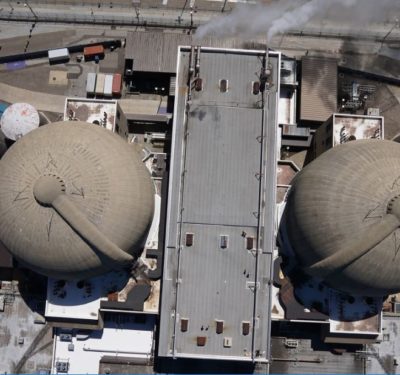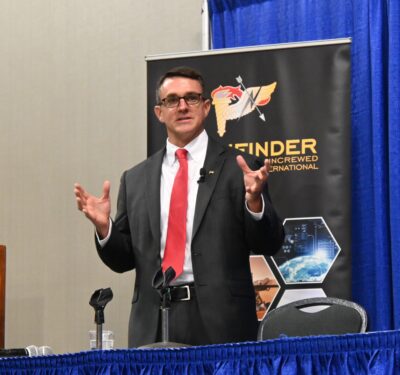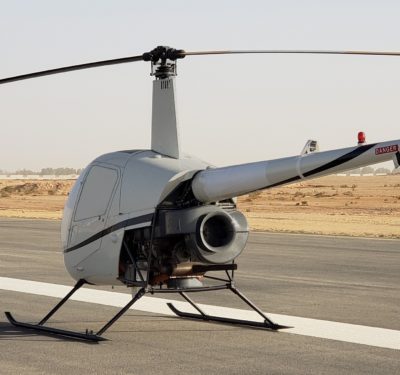
Pierce Aerospace, of Indianapolis, announced a partnership with Vigilant Aerospace Systems today to integrate Pierce Aerospace’s Flight Portal Remote ID technologies into Vigilant’s FlightHorizon airspace management and flight safety products.
Vigilant Aerospace, of Oklahoma City, is a leader in flight safety technologies for both crewed and uncrewed aircraft systems (UAS) and has been commercializing licensed NASA technology since 2015. The two companies announced a partnership to integrate Pierce Aerospace’s Flight Portal ID, Remote ID technology suite, into Vigilant Aerospace’s FlightHorizon products.
“Vigilant Aerospace is the market leader in multi-sensor detect-and-avoid systems and has supported numerous US Government and commercial UAS projects,” said Aaron Pierce, CEO of Pierce Aerospace. “Vigilant has recently completed a detect-and-avoid contract for the FAA, won several awards from both the Federal Laboratory Consortium and NASA, and is a partner in the FAA’s BEYOND program and the predecessor Integration Pilot Program at multiple UAS test sites. They are domain experts and we are honored that they have selected Pierce Aerospace as their Remote ID integration partner.”
Vigilant Aerospace has a proven track record as a provider of both detect and avoid (DAA) and airspace management systems for integration of UAS into the national airspace. The company’s FlightHorizon product has been used in multiple NASA and FAA programs and is currently being deployed to support beyond visual line-of-sight flights of UAS for several corridors and droneports.
Inclusion of Flight Portal ID Receivers and their Remote ID data feeds will allow end users to positively identify UAS within the vicinity of FlightHorizon installations, providing new options for air traffic management and additional aircraft collision avoidance capabilities.
“Pierce Aerospace is an industry-leading pioneer in Remote ID with the US Department of Defense,” said Kraettli L. Epperson, CEO of Vigilant Aerospace. “This partnership provides a great opportunity to integrate Remote ID into our software for both military and civilian users, to significantly enhance safety and to continue to expand the technology frontiers of the UAS industry.”






